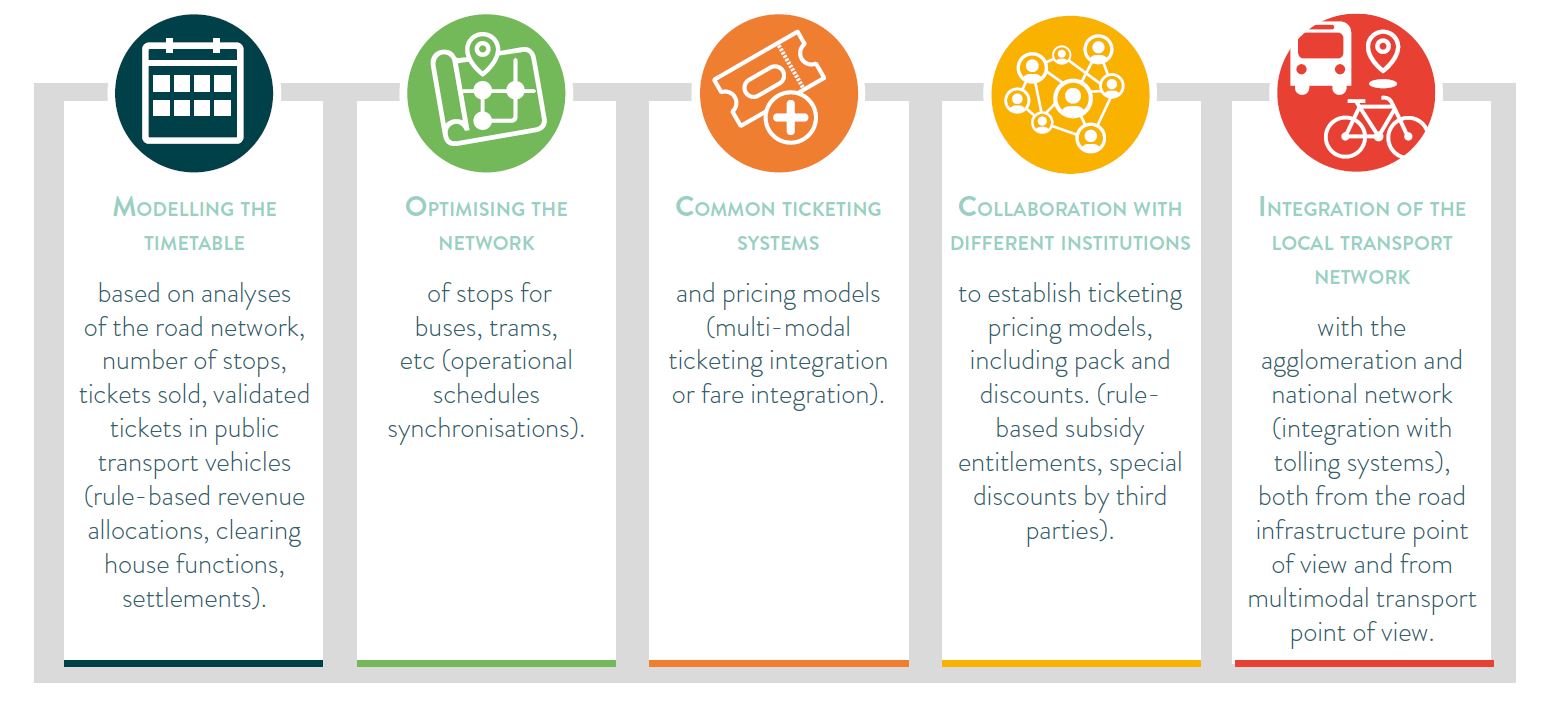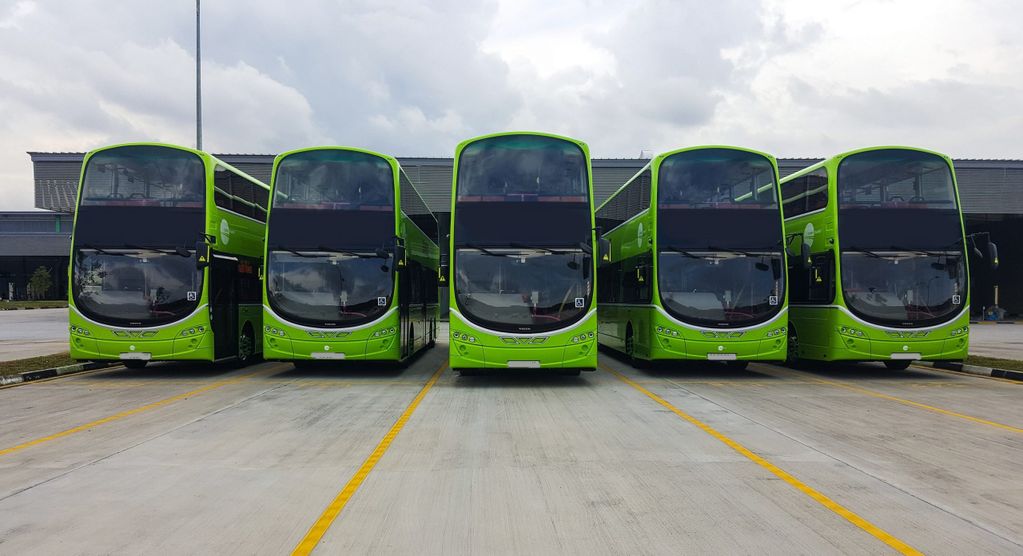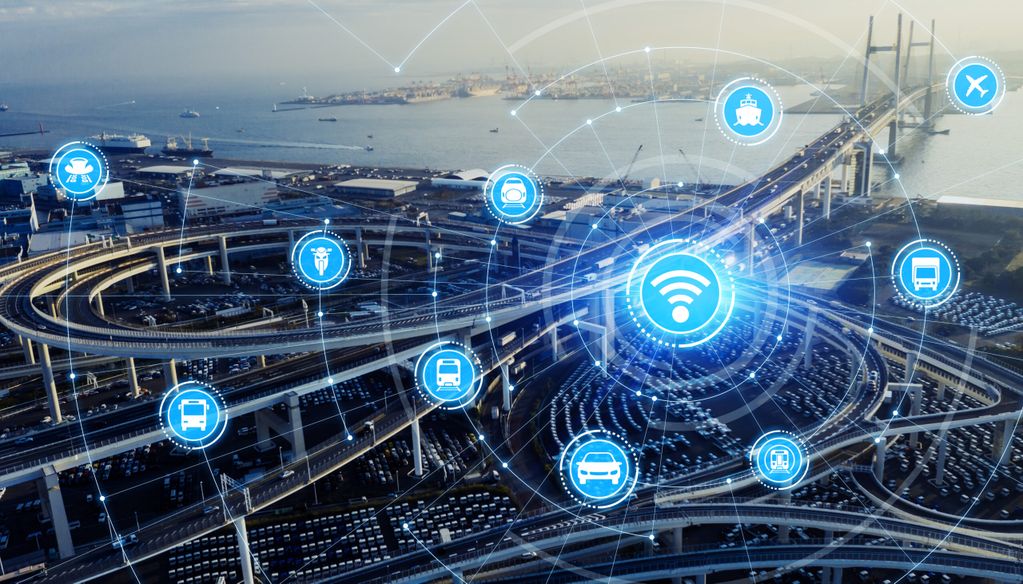
Remodelling the public transport ecosystem with distributed ledger technology
New opportunities to managing public transport
From the manufacturing of vehicles all the way to the passenger experience, digital technologies are currently remodelling the public transport ecosystem, and blockchain and distributed ledger technologies (DLT) are receiving growing attention from public transport operators and decision makers.
DLT is a virtual decentralised database, often encrypted for security, maintaining a permanent record of transactional data. Blockchain is an example of DLT, storing data in sets of ‘blocks’.
With Blockchain and DLT, stakeholders are able to enter into new direct relationships with each other based on a common set of rules and a high level of trust without any need of central management authority. New possibilities of accessing, paying for and using public transport are set to appear. Blockchain can be used way beyond cryptocurrencies such as Bitcoin and could even revolutionise the industry.
UITP’s new Report, ‘Distributed Ledger technology: Uses cases for blockchain’, gives direction on how blockchain contributes to influencing current processes which provide and manage public transport services. Not only are the opportunities and constraints outlined but further exemplified through use cases. A strong focus is placed on the potential of blockchain to facilitate seamless urban mobility through delivering future-oriented Mobility as a Service (MaaS) solutions.
Our cities will become home to more people than ever before in the decades to come as urbanisation grows and populations reside closer to one another. With that comes challenges and opportunities. We need our cities to be as accessible and sustainable as possible, built around the people who inhabit them. That future belongs to ecological and smart city concepts that combine mobility, sustainability and smart, intelligent concepts.
Blockchain is already a reality…
Blockchain solutions have many applications in transport. Today, this technology is used in freight, logistics, the management of deliveries and purchases and in cooperation between various actors. It seems that many blockchain applications that are used in other sub-sectors of the transport sector can be easily transferred to public transport, and such transfer of solutions may also result in a synergy effect.
Generally, blockchain technology can be used in many cases where the sector deals with transactions such as tickets, cooperation of carriers and in multi-stakeholder environments. For example, in São Paulo and Rio de Janeiro, Brazil, users can also pay their fares using Bitcoin. Some passengers choose Bitcoin to help avoid fluctuations in the value of the Brazilian Real. In addition, the city of Teresina has created the ‘Observatório do Transporte’, the Observatory of Transport, and partnered with the French Economic Development Agency (AFD) through the EUROCLIMA+ programme to launch a transportation technology innovation project. The programme envisions that blockchain technology might be used to improve transparency and sharing of information.
Still, blockchain and DLT are yet to be fully explored…
Potential use cases for blockchain

With distributed ledger technologies new possibilities to transform the mobility and transport market are now available. With this report directions are given and use cases presented on how blockchain contributes to influencing current processes which provide and manage public transport services. It is a privilege chairing this work and being able to share inights from our experts. A huge thank goes to them for their commitment and dedication.
The future is here?
CEO of The Futures Agency and key note speaker, Gert Leonhard said in his recent interview with UITP, “The future is already here – we just need to pay more attention”
If you are keen to hear more about the latest technological developments in the public transport sector, do not miss Gerd and other leading experts at IT TRANS in Karslruhe! There will be a dedicated session on distrubted ledger technology, moderated by Ralph Gambetta.
Check out the programme and register today!








